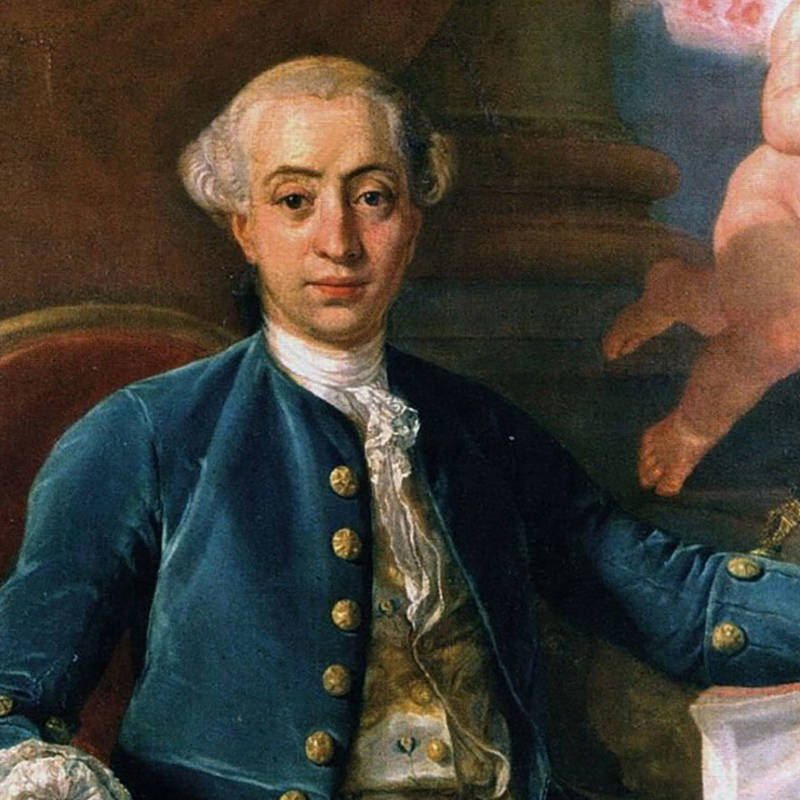In 1755, Casanova was imprisoned in the infamous Piombi, the harshest cells in Venice, after being falsely accused of witchcraft and sacrilege. In reality, the true reason for his imprisonment was his dissolute life as a seducer and adventurer, which had angered the authorities. But while the average prisoner would have been condemned to a life of suffering, Casanova, thanks to his network of influential friends, managed to secure privileged treatment: a private cell, fine food, books, candles, and even excellent personal hygiene.
Despite the conditions, Casanova decided it was time to escape and staged one of the boldest breakouts in history. With the help of accomplices on the inside, a hole in the roof, and a path across the roofs of the Doge’s Palace, he managed to reach a window that had been left open just for him. However, as soon as he entered the building, he found the exit door locked. But Casanova’s cunning did not end there: dressed as a refined gentleman, he tricked the guard, convincing him that he was a visitor and not a fugitive. Thus, without being recognized, he continued his escape to the mainland, where horses were waiting to take him far away from Venice.
A lesser-known aspect of this legendary escape is that Casanova would never have succeeded without the complicity of some guards, who were paid not only to offer him luxury treatment but also to organize his escape. In fact, the prison, though feared by many, became a profitable opportunity for the guards: the favorable treatment and escape planning were so well-rewarded that some of them even appointed substitutes, working on a commission basis! However, as often happens, the ingenuity of Casanova and his allies did not remain hidden for long, eventually drawing the attention of the authorities.






